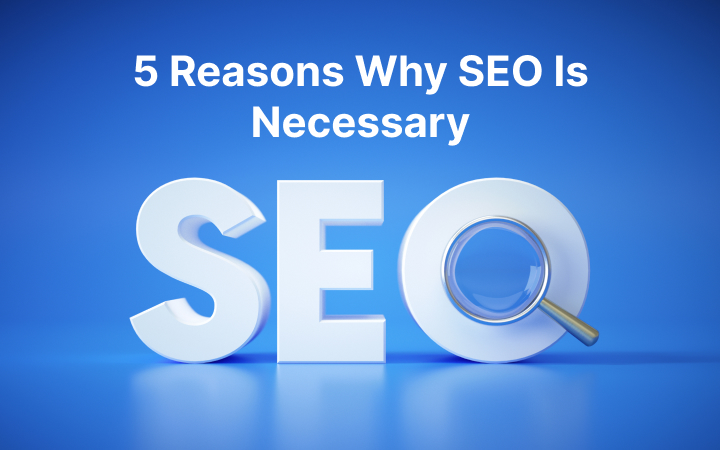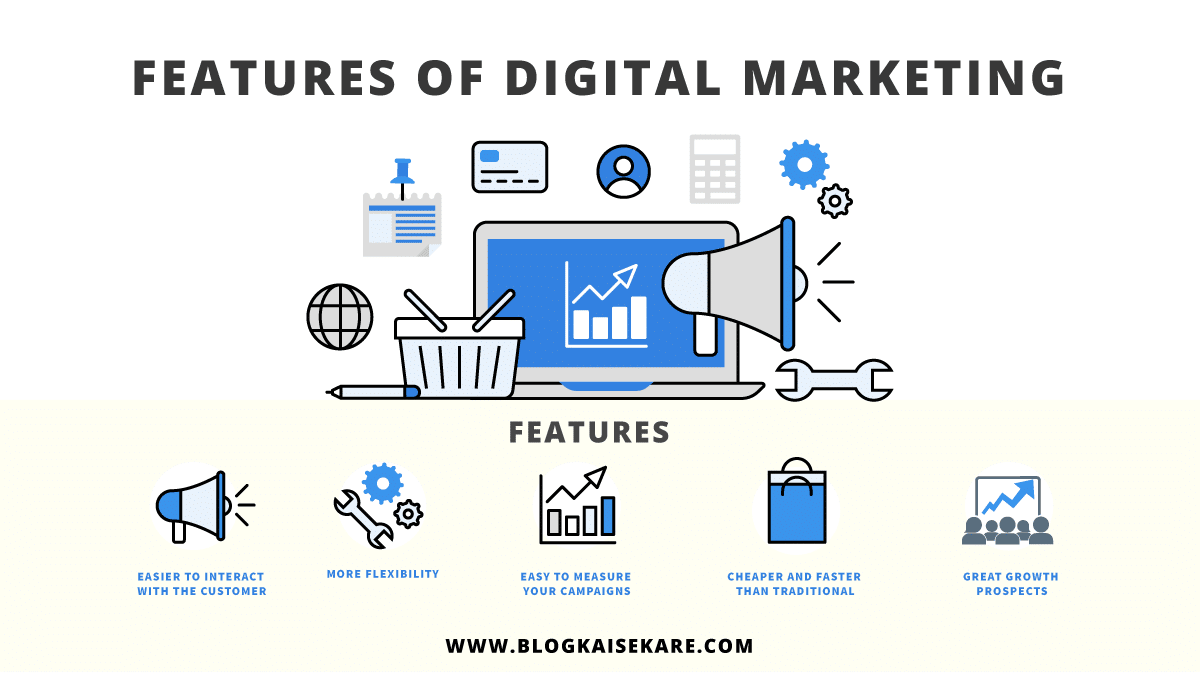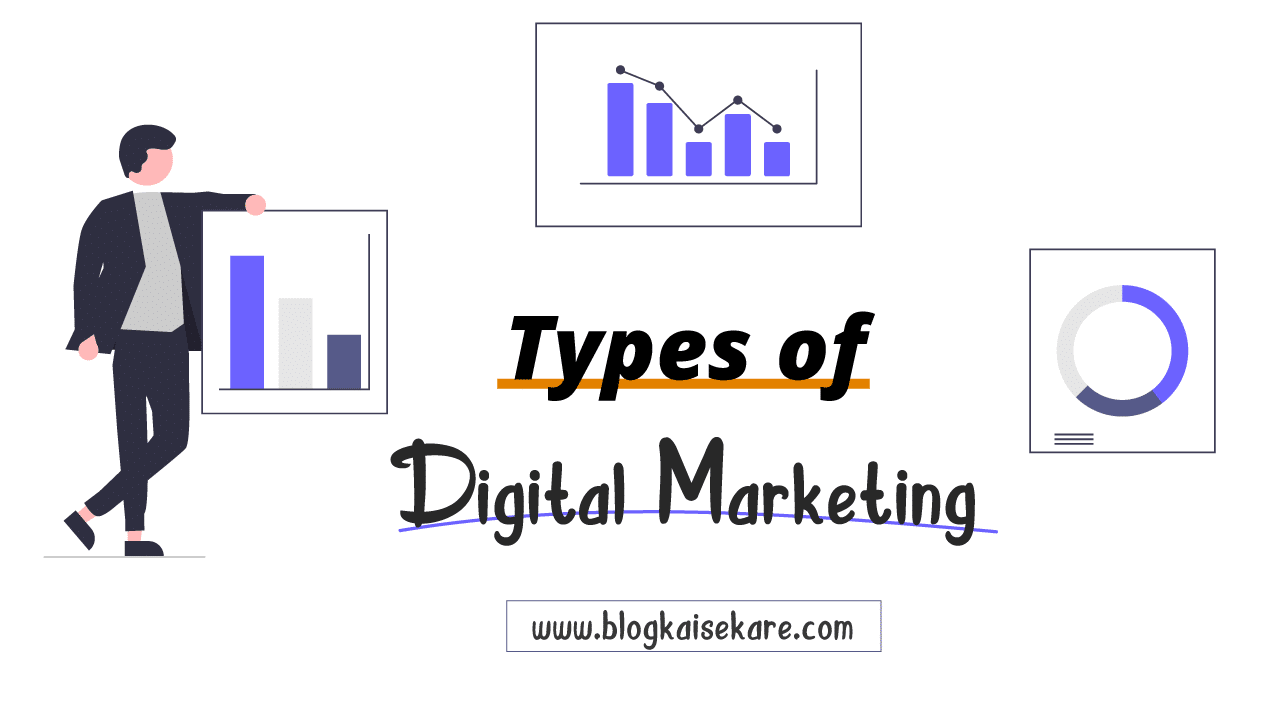Types of SEO – Complete information about the types of SEO

Types of SEO, SEO Mainly Two types which consists of On-page SEO in which Website focus on content and structure and Off-page SEO which includes backlinks and social signals.
If you’re learning about SEO, it’s important to understand the types of SEO.
SEO helps to effectively optimize websites, increase visibility, attract targeted traffic and improve overall search engine rankings, leading to better online presence and business success.
So let us understand all its types carefully;
Types of SEO – Types of SEO
SEO The full name of the “Search Engine Optimization” is about improving the visibility of a website on search engines and its There are two main types,
- On-Page SEO: Which includes optimization of content and structure.
- Off-Page SEO: Which focuses on factors like backlinks and social signals.
It is important to understand these types to increase the ranking of a website and attract more organic traffic.
Let us now understand all types of SEO in detail;
11 Common Types of SEO
Here are the most common types of SEO that are most used, understand it and try to implement it on your website based on your requirement:
1. On-Page SEO: Improve your content
On-page SEO to improve search engine rankings and attract organic traffic Web pages It refers to the adaptation of .
Basically, it includes various techniques such as Meta Tags optimizing headers and content, increasing page speed, and using descriptive URLs.
Additionally, it’s essential to naturally include relevant keywords throughout content, optimize images with alt tags, and ensure mobile-friendliness.
The purpose of on-page SEO is to enhance the user experience and make web pages more accessible and understandable to search engine crawlers.
Also read: What is Digital Marketing? Complete information.
2. Off-Page SEO: Establishing Credibility
Off-page SEO involves activities performed outside of a website to improve its search engine rankings and increase its online visibility.
Basically, it involves building backlinks from reputable websites, social media engagement, and online brand mentions.
Other strategies include guest blogging, influencer collaborations, and participation in online communities and forums.
The purpose of off-page SEO is to increase the authority, credibility, and relevance of a website in the eyes of search engines, ultimately leading to higher rankings and increased organic traffic.
3. Technical SEO: Optimizing the site backend
Technical SEO focuses on optimizing the technical aspects of a website to improve its search engine visibility and usability.
This includes optimizing the site structure, ensuring proper indexing and crawling by search engine bots, and increasing website speed and performance.
Technical SEO also includes fixing issues such as broken links, duplicate content, and schema markup implementation to help search engines understand and rank site content effectively.
By addressing technical aspects, websites can improve their overall SEO performance and user experience, leading to higher rankings and increased organic traffic.
4. Local SEO: Reaching the real audience
The goal of local SEO is to optimize a business’s online presence to attract local customers searching for products or services in their area.
This includes creating and optimizing a Google My Business listing, ensuring accurate NAP (name, address, phone number) information in online directories, and obtaining positive reviews from satisfied customers.
Local SEO strategies include optimizing website content for local keywords, creating locally focused landing pages, and taking advantage of local citations.
5. Voice Search SEO: The Future of Search
With the growing popularity of voice-enabled devices and virtual assistants, voice search SEO has become increasingly important. This type of SEO focuses on optimizing content to satisfy voice search queries, which tend to be more conversational and long-tail.
Key strategies include optimizing content for long-tail conversational keywords, providing concise and direct answers to common questions, and ensuring website loading speed and mobile-friendliness.
6. Mobile SEO: Prioritizing mobile-friendly experiences
In an age where internet usage is dominated by mobile devices, it’s important to optimize your website for mobile.
Mobile SEO focuses on optimizing websites for mobile devices to enhance the user experience and improve search engine rankings.
This includes making sure websites are mobile-responsive, meaning they adjust seamlessly to different screen sizes and resolutions.
Key elements of mobile SEO include optimizing page speed, improving mobile usability, and prioritizing mobile-friendly design principles like easy navigation and clickable buttons.
7. E-commerce SEO: Increasing sales and conversions
For online retailers, e-commerce SEO is indispensable for increasing sales and conversions. E-commerce SEO is very important.
Basically, this type of SEO involves optimizing an online store to improve its visibility in search engine results and attract more organic traffic.
This includes optimizing product pages with relevant keywords, high-quality images, and engaging descriptions.
8. Video SEO: Making it easy for users
Videos have emerged as a powerful medium to engage audiences and communicate information effectively.
Video SEO focuses on optimizing video content to rank prominently in search results and attract viewers.
This includes optimizing the video title, description, and tags, as well as creating attractive thumbnails and promoting the video on different channels.
By incorporating video into your SEO strategy, you can expand your reach and engage audiences in meaningful ways.
9. Image SEO: Maximizing Visual Impact
This is another important type of SEO. Basically, image SEO involves optimizing images on a website to improve their visibility in search engine results and drive organic traffic.
This includes the use of descriptive file names and alternative attributes that accurately describe the image content, making it easier for search engines to understand and index them.
Additionally, optimizing image size and format is important for image SEO to improve page loading speed and user experience.
10. International SEO: Reaching a global audience
For businesses targeting international markets, international SEO is essential to effectively reach a global audience.
This type of SEO involves customizing website content and structure to meet different languages, cultures, and search preferences.
By using hreflang tags, creating country-specific subdomains, and localizing content, you can expand your global footprint and attract a diverse audience from around the world.
11. Enterprise SEO: Scaling for Large Organizations
This is another important type of SEO. Basically, enterprise SEO refers to the strategies and techniques used to optimize the online presence of large-scale businesses or organizations.
This type of SEO involves managing complex websites with multiple pages, focusing on improving visibility, traffic, and conversions in various search engines.
Enterprise SEO often involves advanced analytics, extensive keyword research, content optimization, and technical SEO enhancements to meet the unique needs and challenges of large enterprises.
Now that you have understood the Types of SEO, let us understand White Hat and Black Hat;
White Hat vs. Black Hat SEO Ethical Compensation
In the field of SEO, ethical considerations play a vital role in determining long-term success and sustainability.
- White Hat SEO Ethical refers to practices that comply with search engine guidelines and focus on providing value to users.
- On the contrary, Black Hat SEO Employs deceptive tactics to manipulate search engine rankings, risking penalties and reputational damage.
Basically, by following White Hat principles and prioritizing user experience, you can build a solid foundation for sustainable growth and avoid the pitfalls of unethical practices.
FAQs
Here are some common frequently asked questions about types of SEO:
SEO’s The two main types are on-page and off-page. On-page SEO deals with optimizing elements within the website such as content and meta tags, while off-page SEO focuses on external factors such as backlinks and social signals.
On-page SEO optimizes website elements, while off-page SEO focuses on external factors like links and social media.
The choice of SEO depends on various factors such as your target audience, business goals, and industry. Doing thorough research and consulting with SEO experts can help you determine the most appropriate strategy for your specific needs.
YesImplementing a holistic SEO strategy that incorporates multiple types of SEO can yield optimal results.
The time frame for seeing results from SEO may vary depending on various factors such as the competitiveness of the keyword, quality of optimization, and frequency of updates.
conclusion
Mastering the different types of SEO is crucial to maximizing online visibility, driving organic traffic, and achieving sustainable growth in today’s competitive digital marketplace.
SEO can be classified into two primary types: on-page SEO and off-page SEO.
Whether you’re optimizing your website for search engines, targeting a local audience, or expanding into international markets, understanding this type of SEO is essential.
I hope, this guide to “Types of SEO ” will provide insight into each type, empowering you to develop effective strategies for your SEO efforts.




